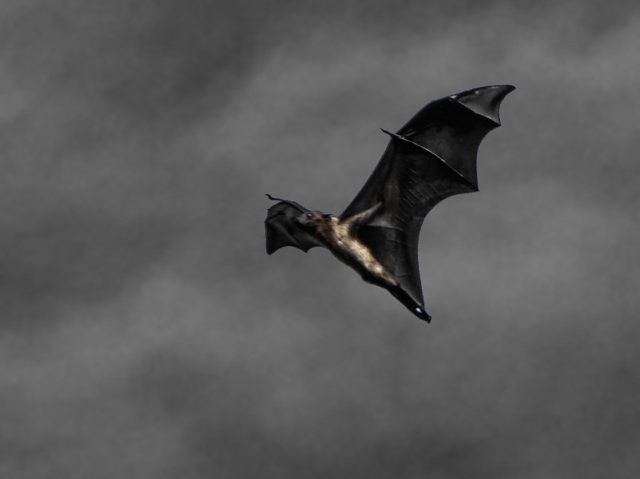With Miami-Dade County Mosquito Control rapidly losing the battle to contain the epidemic from the Zika-carrying Aedes aegypti mosquitoes, panicking authorities began aerial spraying and may soon bring in bats that can eat 1,000 mosquitoes an hour.
Breitbart News reported that the CDC on August 1 issued the first U.S. domestic travel warning in its 70-year history, advising pregnant women and their partners to not travel to Wynwood, a Zika-infested community near Miami, after 10 cases were reported.
Despite a brigade of state and local workers frantically treating and draining all open water to corral the outbreak in the one-square-mile community, the local health department acknowledges that the number of Zika cases spiked to 15 and that one new case was reported outside of the initial tight cluster of local infections.
In the understatement of the decade, Dr. Tom Frieden, Director of the Centers for Disease Control, told CBS News, “They’ve been applying both chemicals that kill larval mosquitoes and adult mosquitoes every day. It isn’t working as well as we had hoped.” Frieden would not comment on the effectiveness of the pesticides that replaced DDT.
Although both male and female Aedes mosquitoes feed on fruit and plant nectar, the female is voracious because she must consume blood protein to help her eggs. After feeding on a human, female mosquitoes lay about 100 eggs in water. Larvae hatch within 48 hours and in 10 days the mosquito can fly. Females will breed three to four times in their 50 day life.
Breitbart News warned that Zika is drastically under-reported, since the vector-borne disease is symptomatic for only 18 percent of cases. When Florida State health officials tested a random sample of more than 340 people in Miami-Dade and Broward counties, they found seven who tested positive, but reported no symptoms.
Florida state health officials also acknowledged that they were monitoring 55 pregnant women who have been positively diagnosed with “lab evidence of Zika virus infection.” Up to 1 in 7 infected pregnant women will give birth to a microcephaly-deformed baby.
The U.S. Food and Drug Administration has called for a halt of blood donations in the 3,000 square mile area of Miami-Dade and Broward Counties. The FDA warned that Zika virus can be spread by Aedes mosquito bites, sex and blood transfusions. But Zika can also be transferred by exposure to human urine, semen and saliva.
Governor Rick Scott, in Executive Order Number 16-29, issued a Declaration of Public Health Emergency for just four Florida counties, but has since expanded the emergency to about half of the state’s 67 counties.
Facing a potential tourism implosion, Miami Mayor Carlos A. Gimenez approved aerial spraying to cover a 10-square-mile area north of downtown Miami to begin on August 3. But in a worst-case scenario, heavy storms drenched the area and left areas of standing water that will serve as ideal incubators for Zika infected mosquitoes across much of the city.
Some Miami residents are calling for flooding the city with bats, the mosquito’s most aggressive natural predators. Storms do not bother the mammals, and a single brown bat can gobble up to 1,000 mosquitoes every hour. But it may be to late to import bats.
There is plenty of blame that can be leveled against environmentalists, politicians, and businesses that have tried to minimize the impact of the Zika epidemic. But it now appears almost certain that Zika will become the first American pandemic since the 1957 Asian Flu outbreak killed an estimated 69,800 people in the United States.

COMMENTS
Please let us know if you're having issues with commenting.